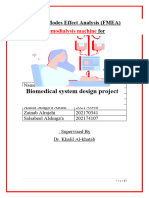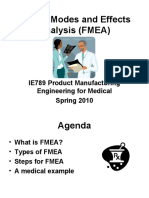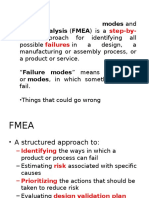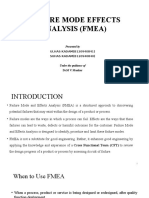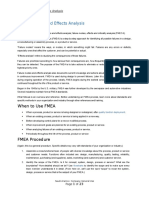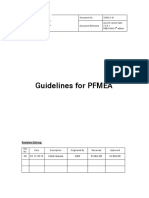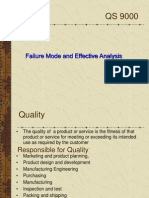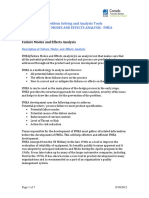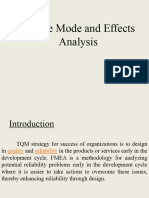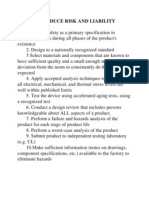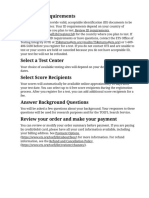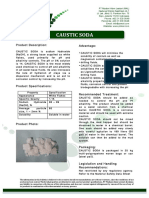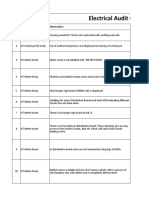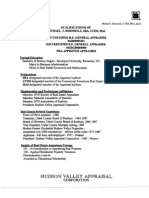0% found this document useful (0 votes)
38 views12 pagesFailure Mode Design Project
This document conducts a failure modes and effects analysis (FMEA) for a hemodialysis machine. It identifies potential failures like leaks in tubing or the dialyzer, blockages in tubing, and electrical or software errors. For each failure, it rates the severity, occurrence, and detectability to calculate a risk priority number and identifies existing and recommended additional controls.
Uploaded by
Saddam AbdullahCopyright
© © All Rights Reserved
We take content rights seriously. If you suspect this is your content, claim it here.
Available Formats
Download as PDF, TXT or read online on Scribd
0% found this document useful (0 votes)
38 views12 pagesFailure Mode Design Project
This document conducts a failure modes and effects analysis (FMEA) for a hemodialysis machine. It identifies potential failures like leaks in tubing or the dialyzer, blockages in tubing, and electrical or software errors. For each failure, it rates the severity, occurrence, and detectability to calculate a risk priority number and identifies existing and recommended additional controls.
Uploaded by
Saddam AbdullahCopyright
© © All Rights Reserved
We take content rights seriously. If you suspect this is your content, claim it here.
Available Formats
Download as PDF, TXT or read online on Scribd
/ 12
